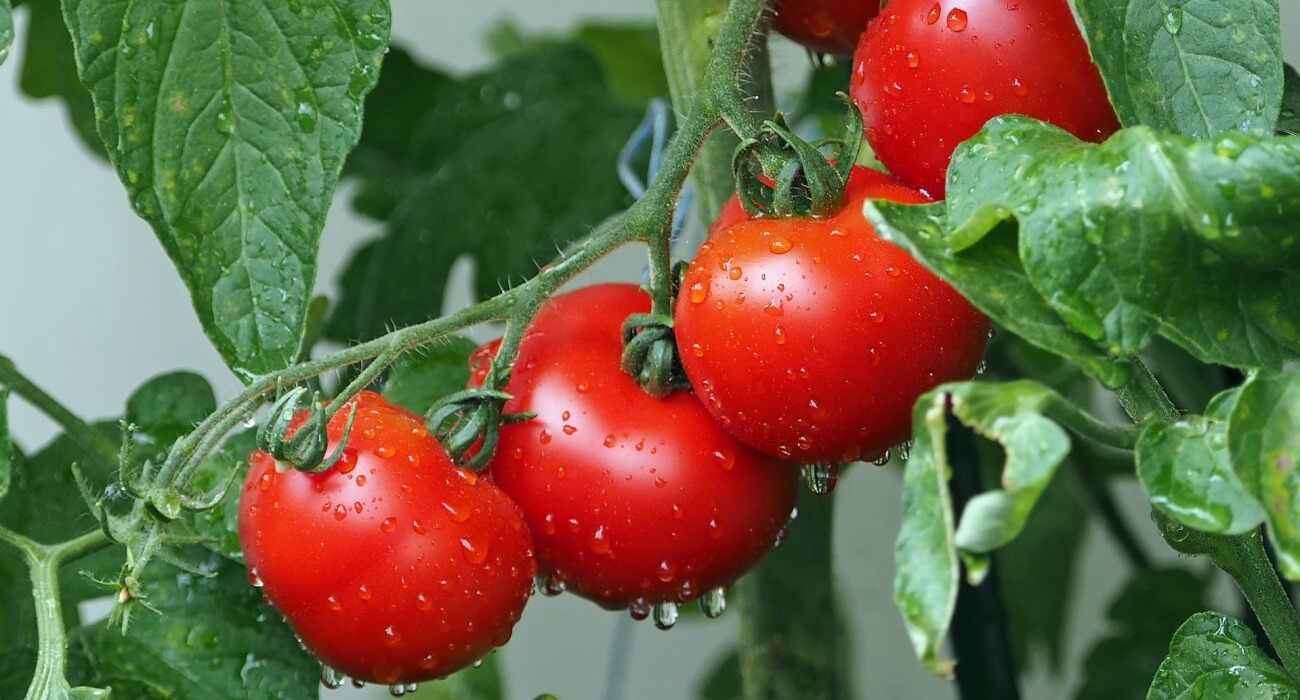Everything You Need To Know About Nutrient Lockout

How to cure nutrient lockout
What is nutrient lockout?
Nutrient lockout is a common problem experienced by growers of all levels but typically only identified and treated among the more experienced. Nutrient lockout is a term describing deficiencies in a plant’s ability to absorb nutrients. The reasons for your hydroponics systems getting nutrient lockout are sub-optimal pH levels in the nutrient solution for your plants, or reactions involving the dissolved nutrients which remove their availability to be absorbed.
The nutrients are present in the hydroponic system but they can’t be accessed by your plants - they're useless.
There will always be chemical elements in the nutrient solution your plants don’t absorb, they remain in the system and, when you top up with more nutrient solution, you also supply additional unuseable molecules. This leads them to accumulate, which eventually becomes detrimental to your ability to control the pH. The remedy to this accumulation isn't easy - adjusting the pH is a temporary fix and won’t solve the problem. Those who don’t trust that pH control is important in their grow soon see the error of their ways via the health of their plants.
Recognising and treating nutrient lockout
As they become deficient in one or multiple essential nutrients, plants display some obvious symptoms. I’ve written about the consequences of not having enough essential nutrients on Oysoco before so you need to check out the best nutrients in hydroponics before going any further. Discoloration and structural deformity are the most obvious and when the signs present themselves, you’d be forgiven for believing the answer is to pour more and more nutrients into the solution.
This is wrong. You’re just going to escalate the problem. Adding nutrients to an already unbalanced pH is going to lower or raise the pH even more, depending on what you’re adding.
Check this chart out:

I understand it's not the most scientifically accurate but it does a job. The thickness of line represents the availability of many essential elements over a range of pH levels. Most lines taper off at the extreme ends and are thicker towards the middle, corresponding to between pH 6.0 to 7.5.
Note, each species of plant has subtly different biochemical properties which may relieve some of this pressure, but as a general rule, this is representative of nutrient uptake.
You have to buy high-quality pH meters to regularly monitor where the pH level of your nutrient solution. Prevention is better than cure, people.

How to fix nutrient lockout
Whether you’re experiencing nutrient lockout or not, it’s important to flush your hydroponics systems regularly. Salt and precipitate buildup is going to happen over an extended period of time regardless, and flushing will remove these impurities to maintain your system’s quality.
If you do believe you have nutrient lockout, the first thing you must do is drain all your existing nutrient solution and tip it away. Unfortunately, it’s beyond saving now - it's a goner. Perhaps your outdoor plants will appreciate it, tip it on a flower bed. Give the reservoir a thorough clean, getting rid of all the precipitate. Feel free to use some kind of scraper for this.
Circulate the system with plain water to remove all impurities. There are flushing agents available which break the salts down and they’re slightly acidic solutions. Using flushing agents isn't essential but they are more effective than water so remember to follow the manufacturer’s guidelines if you do decide to use any agents.
Throw this water away once you’re done flushing and repeat, refilling with plain water for 24 hours and the system is continuously running. Test the pH of the solution and adjust accordingly with a kit to your plant’s desired pH level, if in doubt aim for pH 6.0. Allow the system to run normally again for another 24 hours and throw away again.
Fill the system up with pH-balanced nutrient solution and let it run. You can now change this nutrient solution as normal, each couple of weeks. Every other time you change your nutrient solution you should flush the system and keep on top of the problem before it affects the crop yield.
Additional Uses
If you’re harvesting your plants at any point, it’s often recommended you flush your system with pH-balanced water for a week prior to the harvest. By doing so the plant will translocate any nutrients throughout the organism which have built up in its tissues. The idea is for a more even distribution of elements, resulting in a tastier crop with no chemical taste. Again, this isn't a must-do, it's a tip to try and see if it makes any difference.
have you seen our other Articles on hydroponics?
The Basics Of Hydroponics | The Kratky Method | Types Of Hydroponics | Deep Water Culture | The Drip System | The Wick System | Lighting In Hydroponics | The Ebb And Flow System | Nutrient Film Technique | Nutrients For Plant Growth | Ventilation For Hydroponics | Growing Media Used In Hydroponics | Hydroponics | The Best Way To Cure Root Rot | How To Choose A Grow Tent | The Best LED Grow Lights | Everything You Need To Know About Nutrient Lockout | The Best Air Pumps For Hydroponics | The Best PH Meters For Hydroponics | What Mom Never Told You About The GH Dual Diaphragm Air Pump |
Terms & Conditions
Subscribe
Report
My comments